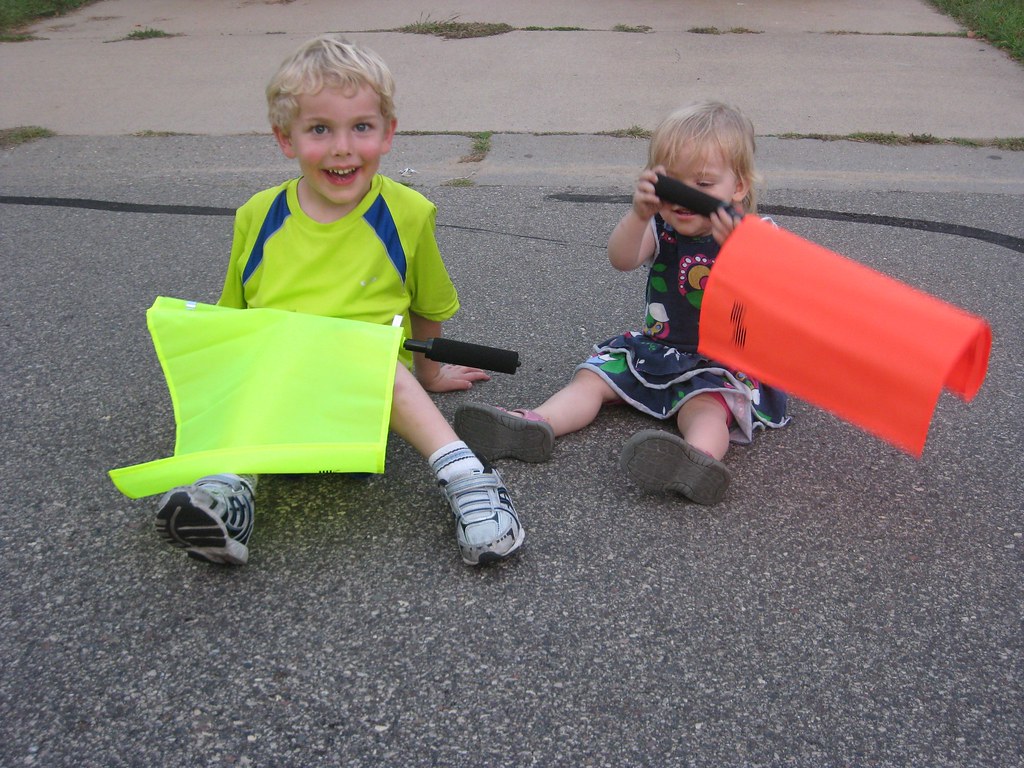The cul-de-sac is misunderstood. It is often hated and generally shunned by most urban planners in the modern age for how they break up neighborhoods and create a system in which the neighborhood streets are isolated from larger “through” streets that carry the bulk of traffic — and are often unwalkable.

Meanwhile, look at the rise of the bicycle boulevard. What do modifications to create a bicycle boulevard do? Route most traffic to larger through streets and “chop up” neighborhoods. Bicycles and pedestrians often have the most liberty entering and exiting a section of bicycle boulevard. People who live on streets that become bicycle boulevards often rejoice that their street has been calmed.
So what does this tell us? The problem is not the cul de sac. The primary problem is the design of surrounding streets. It’s easy to use a cul de sac as some sort of indication of everything that is awful about suburbs, but it’s not the fault of a simple lollipop street design. It’s the fault of everything around it.
There is nothing wrong with an idea that some streets are designed to carry more traffic, and other streets are oriented to different uses. Every street need not be a “high street” of commerce or traffic.
There are “fixes” for some of the issues of cul de sacs that maintain a neighborhood feel. These include:

- Building in “cut throughs” for pedestrians and bikes by holding onto a right of way near the top of the lollipop on which a path can be built for non-motorized traffic to cut through the subdivision. This allows both neighbors to fence in their dogs or toddlers or yard chickens while allowing folks an engineered and safe “desire path.”
- Connecting neighborhoods to their surroundings with thoughtful through-street design and enhancements. These can include crosswalks, bike paths, sidepaths and sidewalks and pedestrian bridges.
- Ensuring that entryways to cul de sacs are landscaped in ways that permit full view of what is going on at the ground level. Our neighborhood is willing to use orange cones to signal to neighbors when the uber-posse of children ages 2 through 9 are drawing chalk raceways in the street; not every neighborhood has a freak with traffic cones in her garage.
Grids aren’t always all they’re cracked up to be. It is far easier for me to get a pizza delivered in my current cul de sac than it ever was on my gridded piece of Western Avenue in St. Paul. Western, due to legacy geography, has various stretches that are a noncontiguous 2-3 blocks long, but keep going by the name Western because they are in a straight gridline on a piece of paper. When I lived on a one-block stretch of Western behind the railroad on St. Paul’s North End, I could never ever get a pizza delivered, because grid aside, no one could find me.
So don’t hate the cul de sac. Hate the poor planning that suggests every neighborhood street needs to go somewhere, and that a through street should be a hellish freeway that only connects cars to big boxes.
If anyone needs me, I’m going to go drop some cones and let the kids have the chalk. We have a cul de sac to turn into a giant hopscotch festival.
